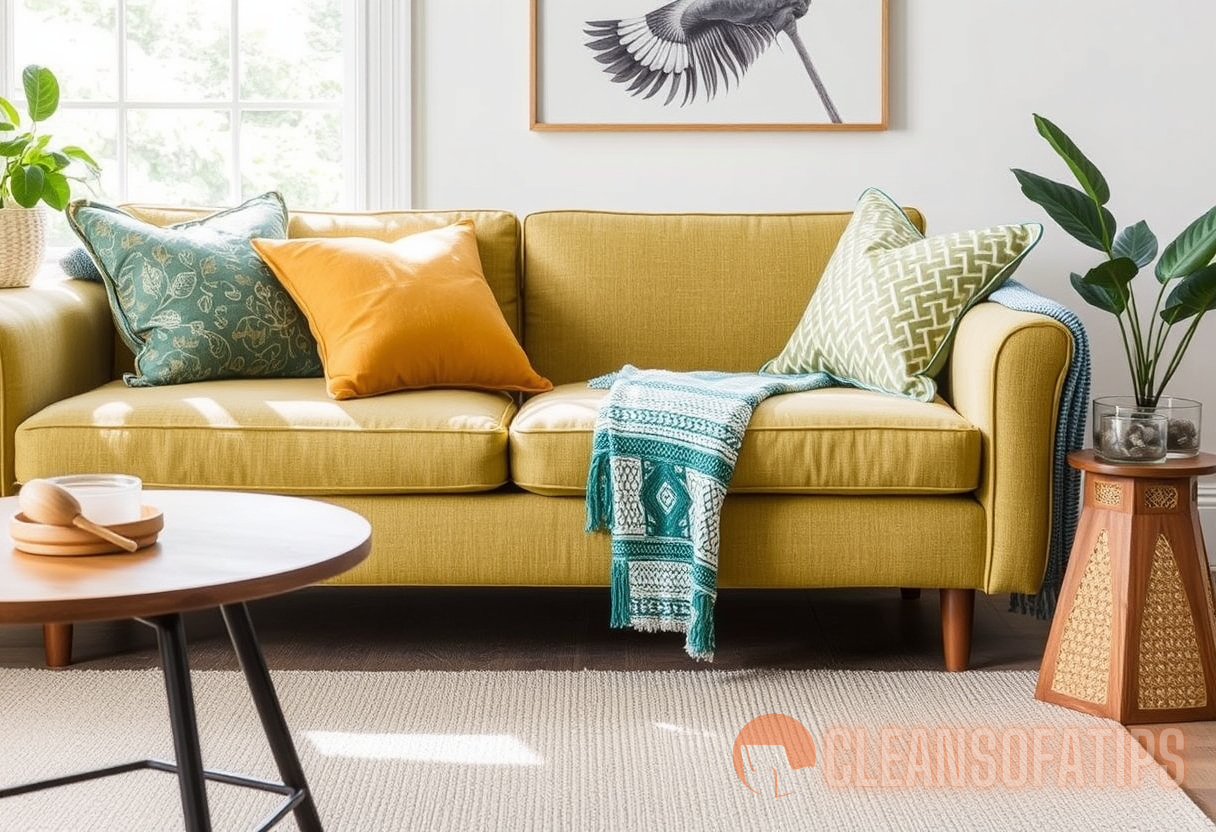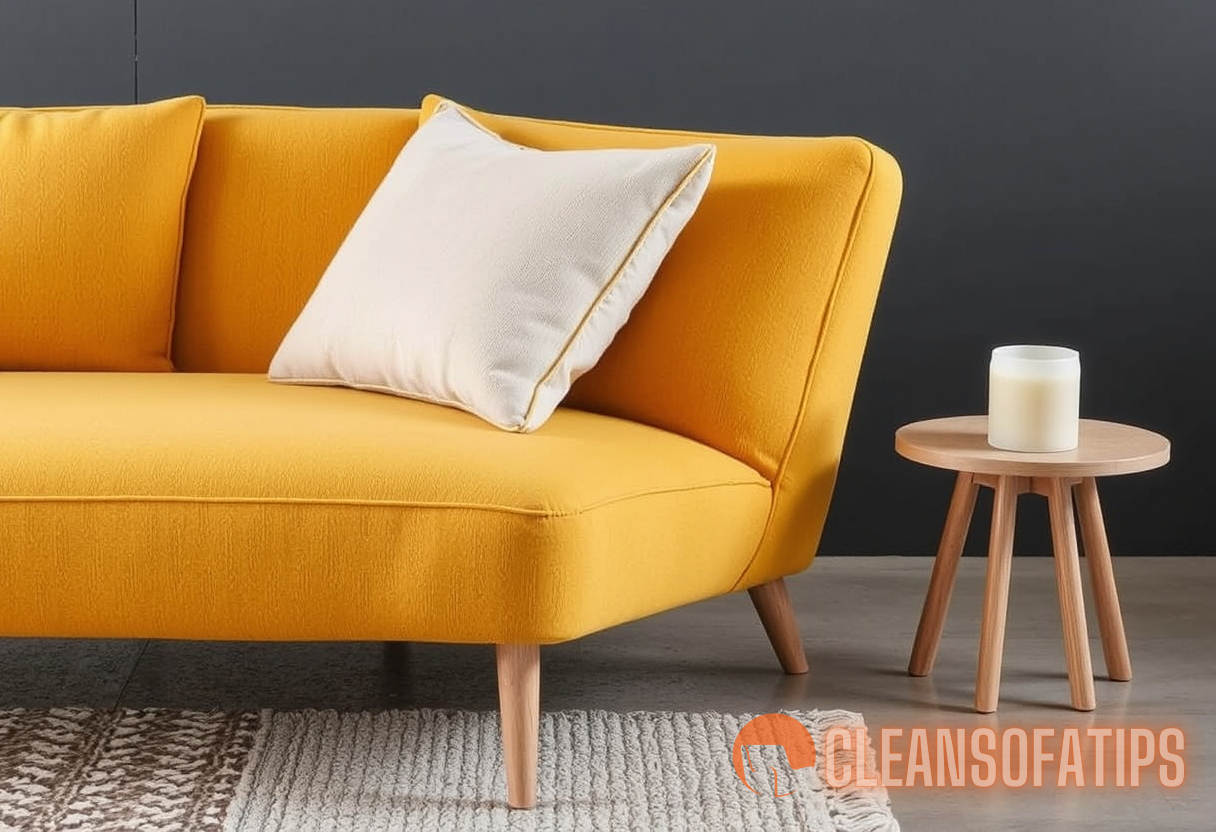Nature’s Blueprint for Upholstery: Integrating Sustainable Practices with Innovative Materials for Lasting Home Comfort
In recent years, the concept of sustainability has penetrated various sectors, including the home furnishings industry. As consumers become increasingly aware of their environmental impact, sustainable upholstery solutions have risen to the forefront of upholstery design and manufacturing.
Understanding Sustainable Upholstery Solutions
Sustainable upholstery solutions revolve around using materials and manufacturing processes that are environmentally friendly, high-quality, and ethically sourced. According to a report by the Ellen MacArthur Foundation, the global textile market is worth $2.5 trillion, but it also contributes significantly to ecological destruction. Therefore, embracing sustainability in upholstery is not just beneficial but essential for the planet.
Key principles of sustainable upholstery include:
- Responsibly Sourced Materials: Utilizing renewable resources and ensuring the materials are harvested without degrading the environment.
- Reduced Waste: Implementing practices that minimize waste during production and end-of-life.
- Energy-Efficient Processes: Employing manufacturing techniques that require less energy and produce fewer emissions.
- Durability: Focusing on creating products that last longer, thus reducing the frequency of replacement.
Innovative Materials in Sustainable Upholstery
The evolution of upholstery materials is pivotal in the quest for sustainable upholstery solutions. Below are some innovative materials that are transforming the industry:
1. Organic Cotton
Organic cotton is grown without synthetic pesticides and fertilizers, making it a popular choice for sustainable upholstery. According to the Organic Trade Association, organic cotton production has a reduced carbon footprint and promotes biodiversity in farming practices.
Benefits of organic cotton include:
- Soft texture and breathability, making it ideal for upholstery.
- Less water usage compared to conventional cotton, up to 80% less.
- Support for biodiversity in agricultural practices.
2. Hemp
Hemp is a versatile and environmentally friendly fiber that has been in use for thousands of years. The fibers are exceptionally durable, resistant to mold, and require little water to grow. According to the Hemp Industries Association, hemp can produce four times more fiber per acre than cotton.
Advantages of hemp for upholstery include:
- High durability and resilience.
- Natural UV and mold resistance.
- Biodegradable, making it a circular economy choice.
3. Recycled Polyester
Recycled polyester is made from post-consumer plastic waste, such as PET bottles. This material reduces reliance on virgin resources and minimizes waste in landfills. According to the Textile Recycling Association, recycling just one plastic bottle can save enough energy to power a 60-watt light bulb for six hours.
Key features of recycled polyester include:
- Durable and resilient against wear and tear.
- Can be woven into a variety of textures, offering design versatility.
- Less water-intensive than the production of virgin polyester.
4. Natural Latex
Natural latex is derived from the sap of rubber trees and is an eco-friendly alternative to synthetic foams and cushions. Its production involves minimal processing and contributes to reduced environmental impact. Furthermore, natural latex is biodegradable, ensuring that it does not contribute to long-term waste issues.
Benefits of natural latex include:
- Exceptional durability and longevity.
- Hypoallergenic and resistant to dust mites, making it ideal for allergy sufferers.
- Highly breathable, enhancing overall comfort.
Sustainable Practices in Upholstery Design
Besides material sourcing, sustainable practices in upholstery design play a crucial role in creating environmentally friendly products. This involves various strategies that not only consider the material but also the design process and lifecycle of the product.
1. Modular Design
Modular design allows consumers to customize and adjust their furniture according to changing needs. This practice reduces the desire for complete replacements, ultimately minimizing waste. Examples include sectionals or furniture with removable and replaceable components, allowing individual parts to be updated without discarding the entire piece.

2. Local Sourcing
By sourcing materials locally, companies can reduce transportation emissions, contribute to local economies, and ensure more transparent supply chains. This practice often involves collaborating with local artisans and craftsmen, thus preserving traditional techniques and fostering community connections.
3. Eco-Friendly Finishes
Upholstery often comes with a variety of finishes that can impact the environment. Utilizing water-based finishes or plant-based oils reduces the release of harmful chemicals compared to solvent-based options. These eco-friendly finishes not only protect the fabric but also ensure indoor air quality is maintained, an important aspect for home comfort.
4. Repair and Reupholstery Services
Promoting repair and reupholstery services helps extend the life of furniture. Many consumers remain unaware of the benefits of maintaining existing pieces rather than replacing them. Reupholstery not only rejuvenates old furniture but also supports sustainable practices by limiting landfill waste.
Case Studies: Successful Implementation of Sustainable Upholstery
Several companies have incorporated sustainable upholstery solutions into their production practices, leading to significant impacts on the industry and environment. Here are notable case studies that illustrate this trend:
1. IKEA’s Sustainability Initiative
IKEA has committed itself to sourcing 100% of its cotton from more sustainable sources by 2025. Their efforts include using recycled polyester in many of their products and aiming for all products to be made from renewable or recycled materials by 2030. Such initiatives have shown a notable reduction in greenhouse gas emissions across their product lines.
2. Interface’s Carbon Negative Carpet Tiles
Interface, a global leader in modular flooring, has set ambitious plans to become a carbon negative enterprise by 2040. They incorporate recycled materials and promote a circular economy by encouraging customers to return old products for recycling, significantly reducing waste and emissions associated with new production.
According to their sustainability report, they have already reduced their greenhouse gas emissions by 96% since 1996.
Navigating Challenges in the Adoption of Sustainable Upholstery
Despite the advantages of sustainable upholstery solutions, several challenges may hinder widespread adoption:
1. Cost
Often, sustainable materials and practices come at a higher upfront cost than their conventional counterparts. While these investments may result in long-term savings and environmental benefits, many consumers are hesitant to spend more initially. Education about the lifecycle benefits and potential savings can be a pivotal factor in fostering change.
2. Consumer Awareness
There remains a knowledge gap regarding the importance of sustainability in upholstery. Many enterprises are taking proactive measures to create awareness through marketing campaigns, but consumer understanding of the ecological impacts of their choices is still evolving.
3. Availability of Materials
The limited availability of certain sustainable materials can pose challenges for manufacturers who want to implement eco-friendly practices. Supply chain management is essential to increase resource availability while maintaining quality. Collaboration within industries to create sustainable networks can aid in overcoming these obstacles.
The Future of Sustainable Upholstery
The future of the upholstery industry lies in continuous innovation and commitment to sustainability. As more consumers prioritize eco-friendly choices, designers and manufacturers must keep pace.
Emerging trends include:
- Smart Fabrics: Incorporating technology in textiles to improve durability and functionality without sacrificing sustainability.
- Biodegradable Materials: Developments in bioplastics and fabrics that decompose naturally could revolutionize the industry.
- Collaboration with Environmental Organizations: Partnerships between companies and sustainability groups can foster responsibility and drive significant change.
Resources for Further Learning
If you are interested in exploring more about sustainable upholstery solutions, the following resources may be beneficial:
- Green Building Advisor – An excellent resource for sustainable building and design practices.
- Eco-Therapy – Articles and guidance focused on creating sustainable living environments.
Conclusion
The integration of sustainable practices with innovative materials leads to an evolving landscape in upholstery design. Not only do these advancements promote environmental responsibility, but they also enhance the comfort and quality of products within our homes.
Understanding the fundamentals of sustainable upholstery solutions empowers consumers and manufacturers alike to create a lasting impact, fostering a healthier planet for future generations. The commitment to sustainability is not merely a trend; it is a necessity that influences every aspect of our modern lives.



